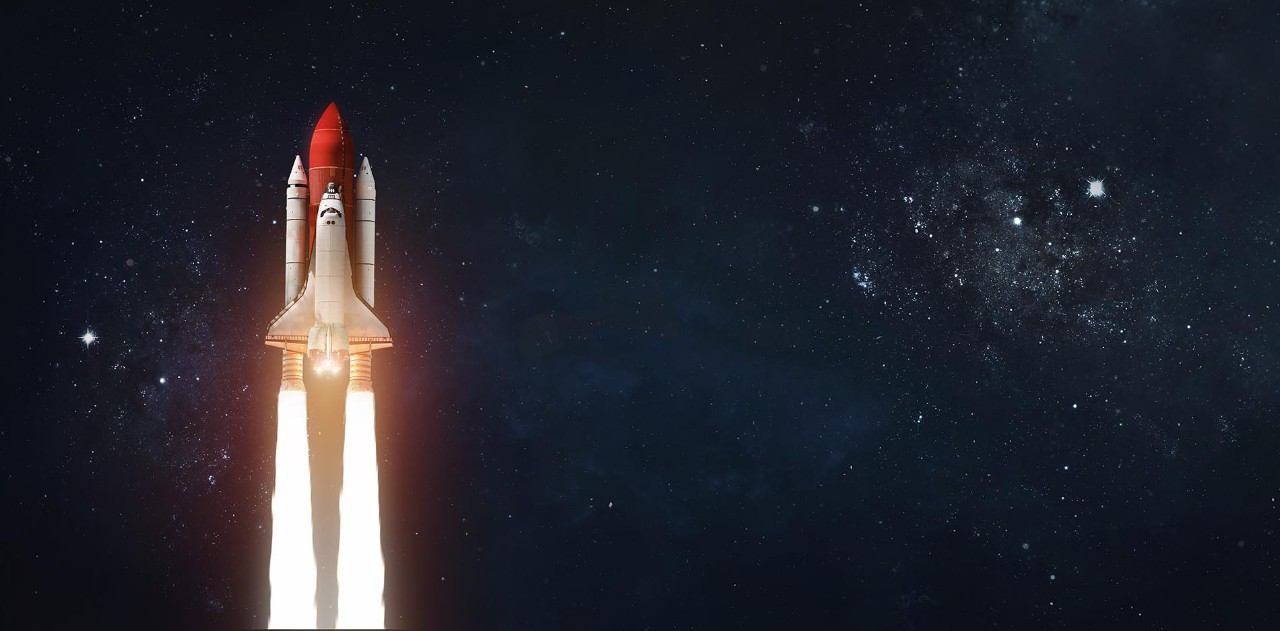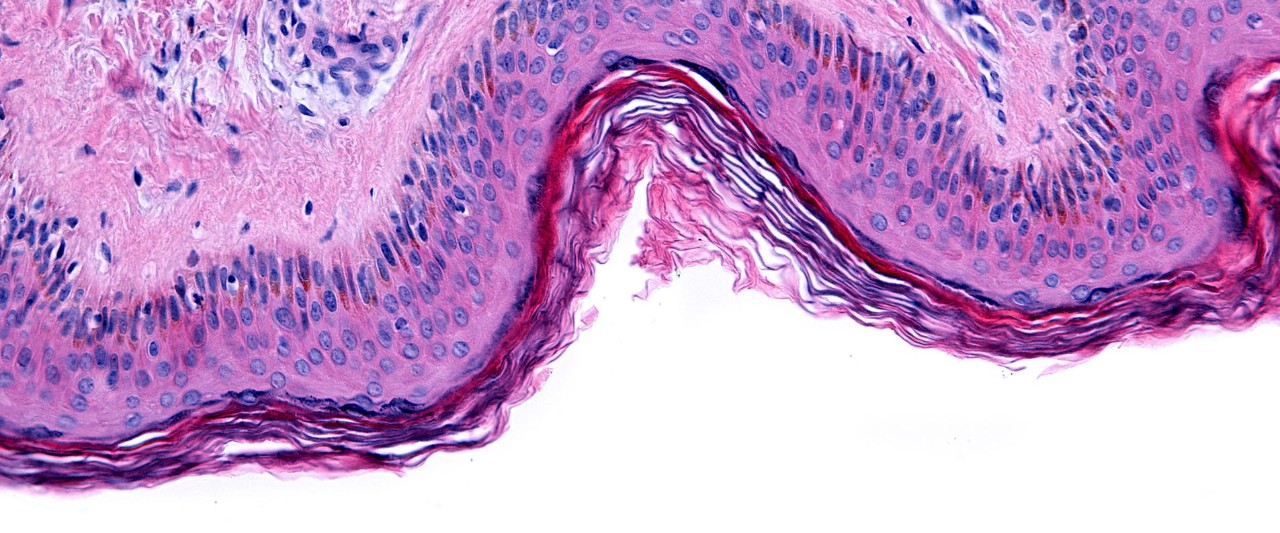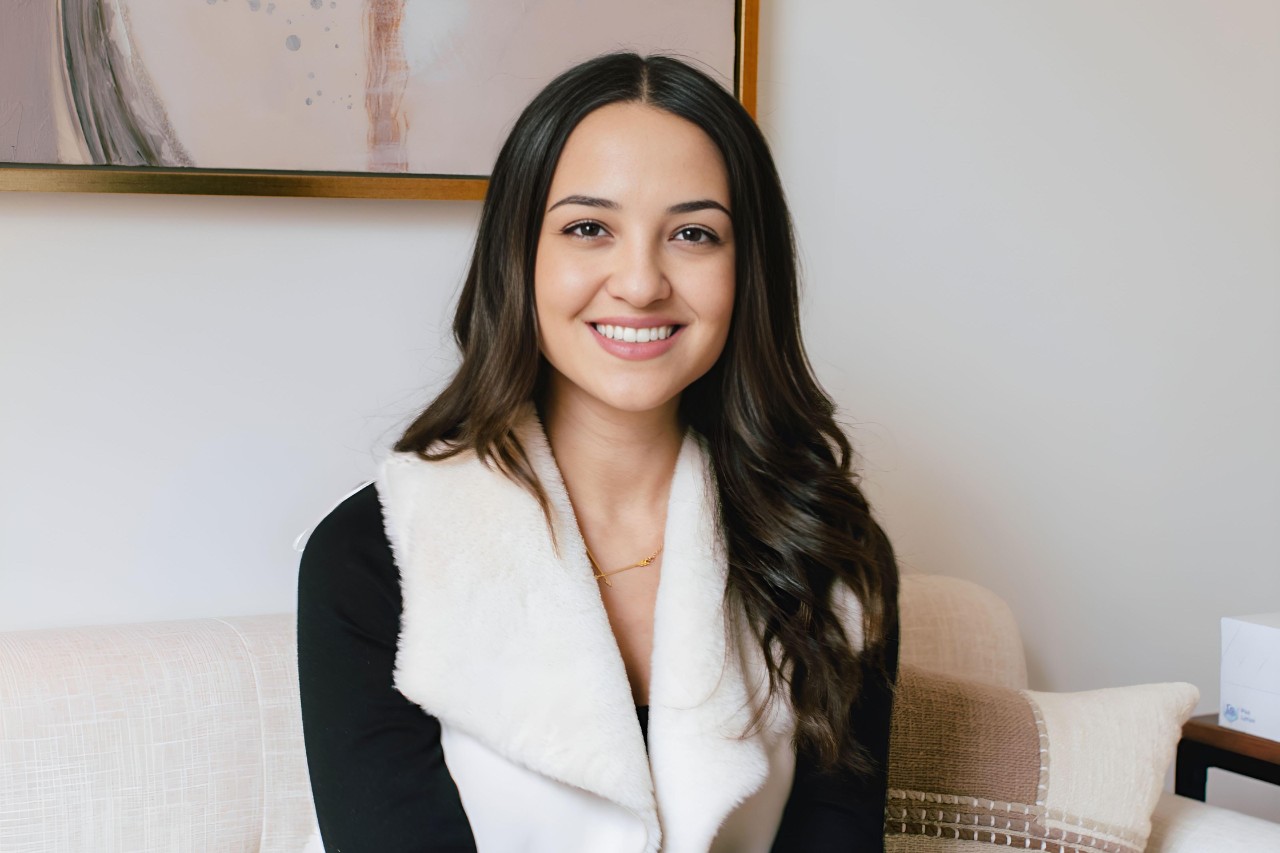
TIME MACHINE
In Outer Space
Jefferson has always reached for the stars — figuratively and literally. Since the dawn of the Space Age, the school’s alumni have had the right stuff, seeking adventure and knowledge to benefit mankind in the wild blue yonder.
The first to set his sights on the skies was Maj. David G. Simons, MD ’46, who, on August 20, 1957, became the first human to travel 19 miles up into the stratosphere as part of Project Manhigh. The project was part of a military mission that took men in balloons to the middle layers of the stratosphere. It was designed to study how the human body reacts to high altitudes and radiation, and was essential in designing rocket cabins for future space missions. Simons spent a total of 32 hours in flight.
Following in Simons’ footsteps into the heavens was James P. Bagian, MD ’77, an engineer and astronaut on two space shuttle missions. In 1986, he became the lead investigator of the Challenger disaster.
After leaving NASA in 1995, Bagian was elected as a member of the Institute of Medicine. He was also elected as a member of the National Academy of Engineering for the integration of engineering and medical knowledge in applications to aerospace systems, environmental technology, and patient safety.
While their feet remained firmly planted on Earth, two other graduates of Sidney Kimmel Medical College played an important role in the country’s space race.
Robert C. Laning, MD ’48 served as the flight surgeon assigned to America’s first manned space missions. Lanning performed recovery exams on the first three Mercury space flight astronauts following splashdown.
Col. Kenneth Beers, MD ’56, was the flight surgeon for the Gemini/Titan Program, team leader for the Gemini Recovery Medical Team, and the Apollo mission surgeon. He received the Legion of Merit, the U.S. Air Force’s second-highest award of achievement, for his work with the NASA Manned Spacecraft Center.
The University has sent more than alumni to the final frontier.
Since 1978, it has produced highperformance textiles used for making gloves for astronauts on their spacewalks. In 2014, fashion design and engineering students developed creative outer-layer designs for the Z-2 prototype of NASA’s next-generation spacesuit.
Another Jefferson alum, Gabrielle Zimmerman, MS, RDN, took her lifelong passion for food and nutrition to new heights in 2004. When Zimmerman was a student, she interned at NASA’s Nutritional Biochemistry Laboratory where she designed special meal plans for astronauts. Working with the Nutritional Biochemistry team, Zimmerman designed a 4,100-calorie meal plan aligning with space food system criteria while considering additional energy needs for moonwalks. She also conducted essential calculations on astronauts’ adherence to International Space Station-based resistance exercise devices for astronaut bone health. The partnership extends from the laboratory into orbit; in 2022, Jefferson sent three experiments to the International Space Station. These experiments focused on the effects of space travel on the human body, including the impact on sleep and the immune system.
These collaborations are part of Jefferson’s commitment to advancing knowledge in space as a way to improve life on Earth.



